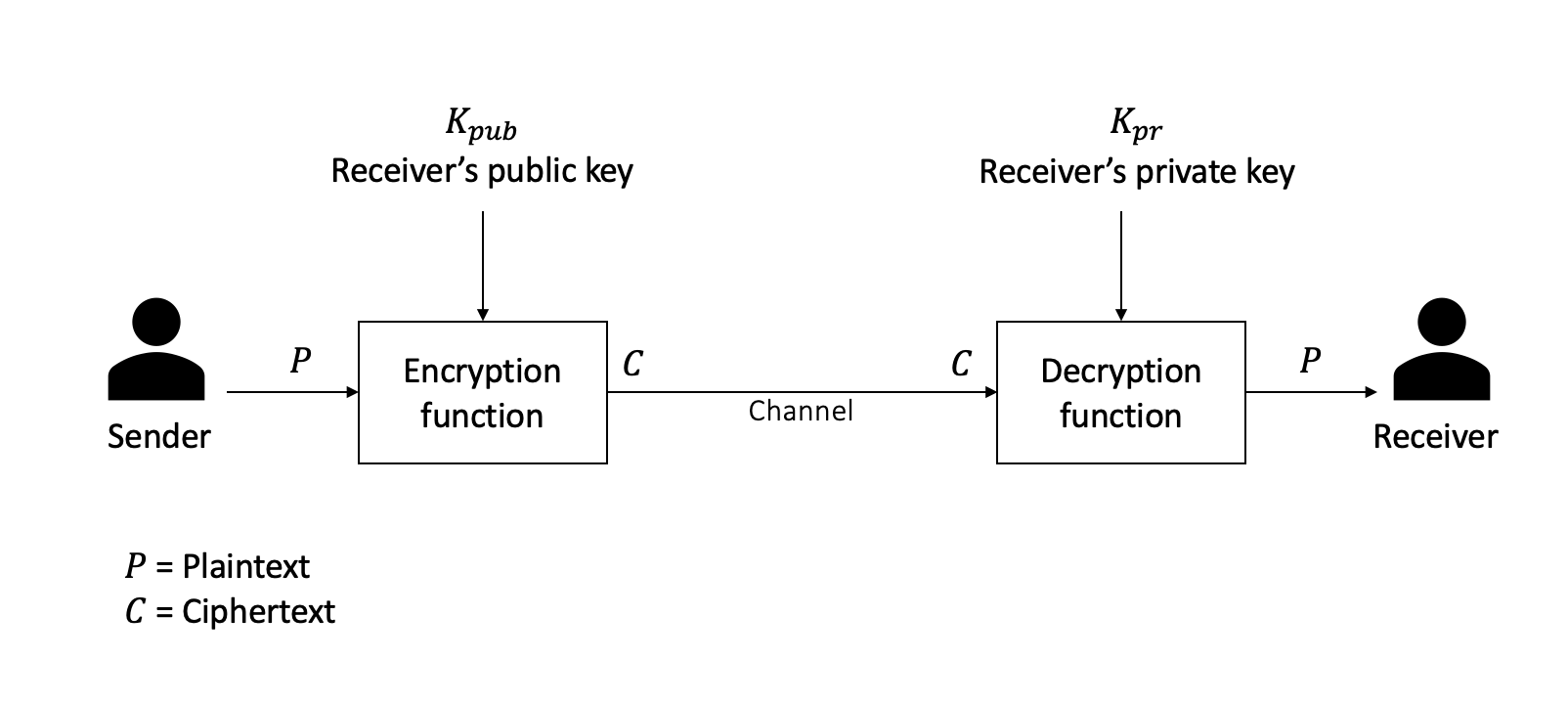Asymmetric cryptography
Asymmetric cryptography refers to a type of cryptography where the key that is used to encrypt the data is different from the key that is used to decrypt the data. These keys are called private and public keys, respectively, which is why asymmetric cryptography is also known as public key cryptography. It uses both public and private keys to encrypt and decrypt data, respectively. Various asymmetric cryptography schemes are in use, including RSA and ElGamal encryption.
A generic depiction of public-key cryptography is shown in the following diagram:

The preceding diagram illustrates how a sender encrypts data P using the recipient's public key and encryption function, and produces an output encrypted data C, which is then transmitted over the network to the receiver. Once it reaches the receiver, it can be decrypted using the receiver's private key by feeding the C encrypted data into decryption...






















































